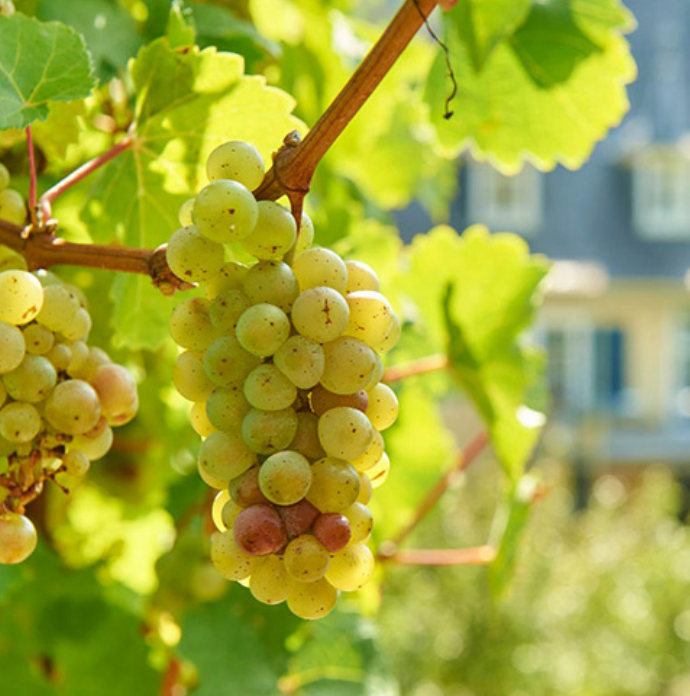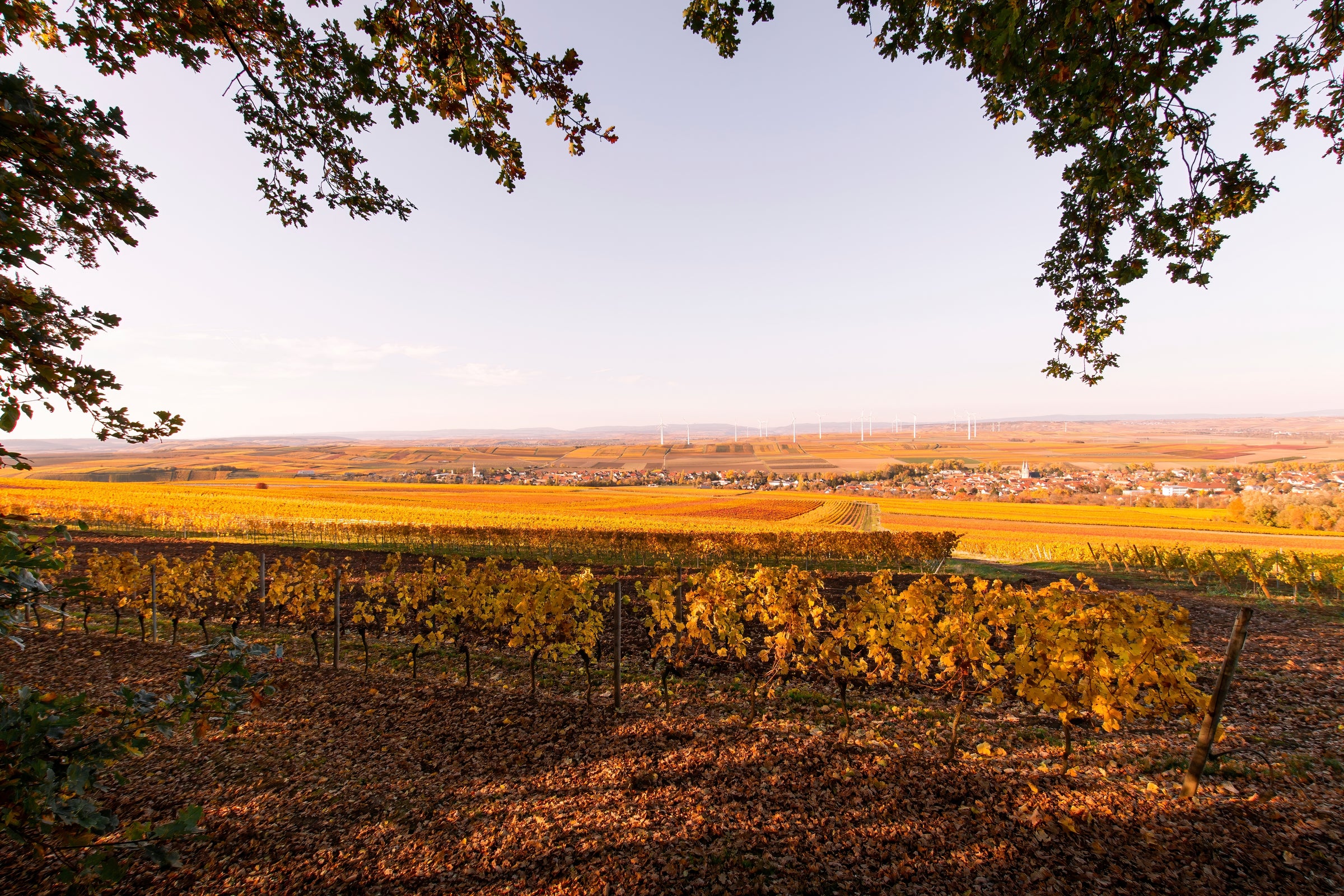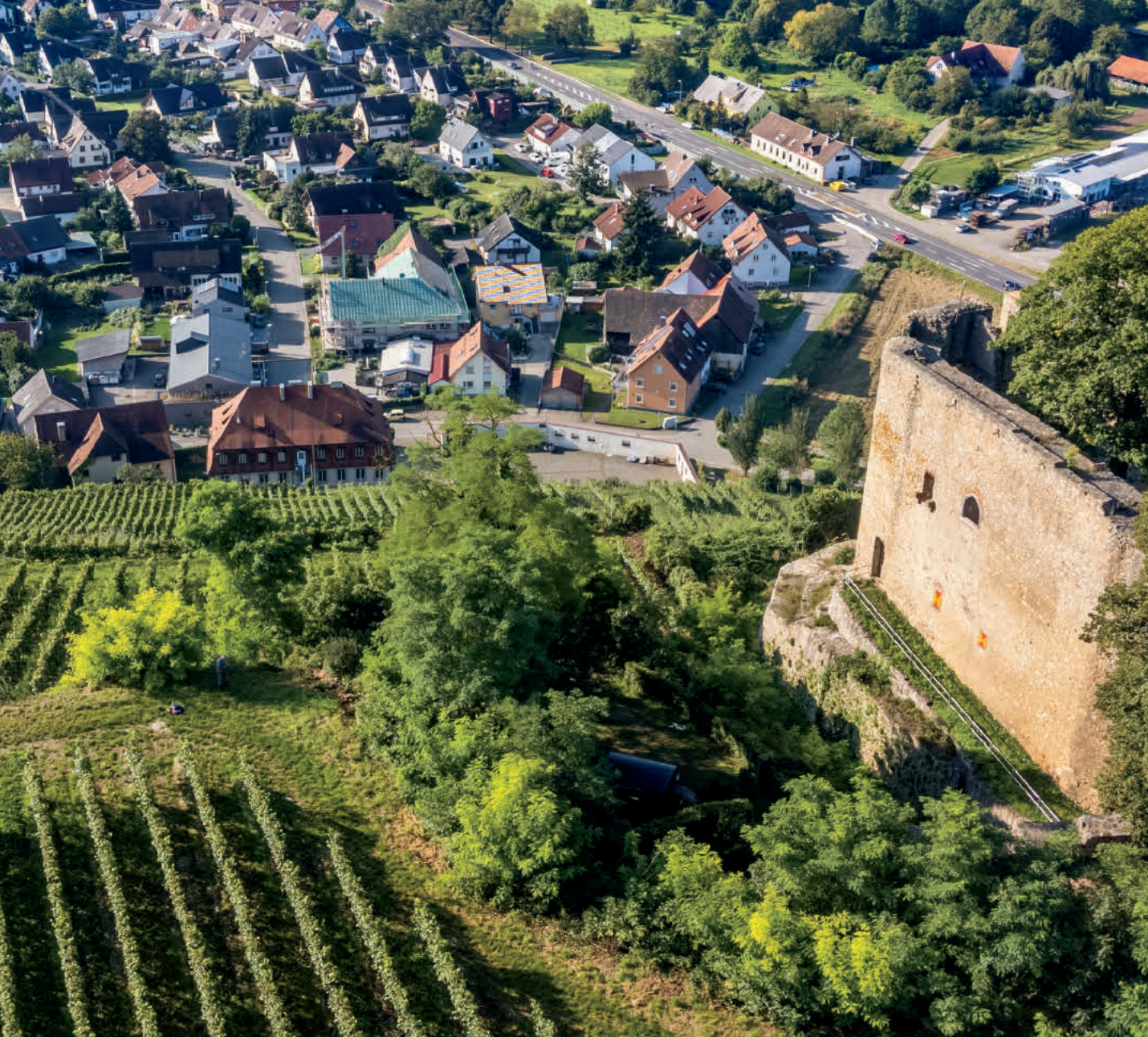How do you define “fine and rare”? Generally speaking, the term is reserved for expensive wines—but it doesn’t have to be. Today’s wine is exceedingly fine, rare, in perfect condition at nearly 20 years of age, and...it costs what? This is what sommeliers love about German Riesling, and why you’d be wise to snap up some of this incredible 2000 Riesling Spätlese from Weingut Paul Anheuser.
It comes from an estate-owned plot in the classified “Kreuznacher Kahlenberg” vineyard, a revered site holding documentation from the 1400s; is handcrafted by a family with 14 consecutive generations of experience; and was stored in cold, dark cellars for 17 years before we persuaded them to release some during my personal visit just months ago. I’ll never forget touring Anheuser’s cellars and uncorking perfectly stored wines from their subterranean collection. One, two, three, four decades we went back, each wine more mesmerizing than the last, but we all kept returning to this 2000 and it’s insane price-to-quality ratio. This wonderfully balanced, impressively fresh Riesling is begging to be purchased by the case and consumed now or over the next 5-10 years—I guarantee you won’t run out of scenarios (or excuses) to enjoy each and every bottle you own. Nearly 20-year-old Riesling at this rock-bottom price is a savvy purchase, to say the least, and a conversation-starter with whomever you choose to share it with. You'll all be blown away, like I was, by how much wine there is for the money.
The Anheusers are steeped in wine history, tracing their ancestry in the village of Bad Kreuznach to the 1600s. They’ve been here so long, they’re considered to be the very first in the entire Nahe region to plant vineyards solely with Riesling. But despite their extensive track record, their operation remains a humble one, and is still worked by the family. Though the Anheuser estate has built a fine reputation in the Nahe for stockpiling vintages in their cellar, little did they know they would find a silver lining when their bottlings from 2000 were dwarfed by the outstanding 2001 vintage. As people clamored for these precious bottles and years continued passing, their neglected stash of wines from the year 2000—a tough year, yes, but one they beautifully capitalized on—remained in slumber, until we discovered them earlier this year. No matter how many times you do it, asking a winemaker to open an old bottle just for you takes a bit of tact and courage, but Paul and his father, Rudolf, did so eagerly, with a warm smile and a look that seemed to say, “Only one?”
It was a brilliant wine through and through, perfectly showcasing the racy finesse that comes from Kreuznacher Kahlenberg and the fascinating aromatics of fully-mature, delicately sweet Riesling. The Kahlenberg vineyard, first documented in 1499, is among the Nahe’s most exceptional sites—Dönnhoff has a large presence here—and is classified as an ‘Erste Lage’ (equivalent to a Premier Cru). It faces south with a moderate slope and gravelly loam soils that extend to the Nahe River just a short walk below. The Anheuser family sustainably tend to their sloped vines and meticulously hand pick their crop. In their winery, grapes undergo a cool, long fermentation in their vaulted cellars and are subsequently aged in large oak casks.
Anheuser’s 2000 Riesling Spätlese from Kreuznacher Kahlenberg shines a deep, reflective gold in the glass with platinum reflections. I must stress temperature here, because drinking too cold or too warm will respectively mute the acidity or highlight the residual sugar—when brought in balance, however, this wine harmoniously sings and proves that Riesling is one of the world’s greatest cellar-worthy wines. I highly recommend maintaining cellar temperature (55 degrees) when consuming, but if pulling straight from your fridge (assuming it is at refrigerator temperature), remove the cork and let it stand freely atop the bottle so as to block any lingering fruit flies while slowly introducing oxygen. After waiting 45-60 minutes—this is key!—pour the wine into Riesling stems and give it a smell before swirling. At first, you’ll pick up the savory and earthy qualities of the wine—dried button mushroom, lees, damp flowers, wild herbs—but after a few whirls, it erupts with mineral verve and bright notes of peaches and cream, dried apples, yellow pear, honey, salt-preserved lemon, glazed orange peel, crushed river rocks, white tea, honeysuckle, and a touch of exotic spices. The palate is long, rich, and brightly layered with mouthwatering acidity and piquant fruits alongside savory components of crushed minerality and mushroom. You’ll experience a breathtaking blend of freshness, maturity, and savor, all balanced with delicate touches of sweetness. My mind always wanders to Asian cuisine when I pick up off-dry Rieslings, and since the bottle price is so low, I’ve attached a glazed sticky pork recipe to match its affordability and flavor! Cheers!






